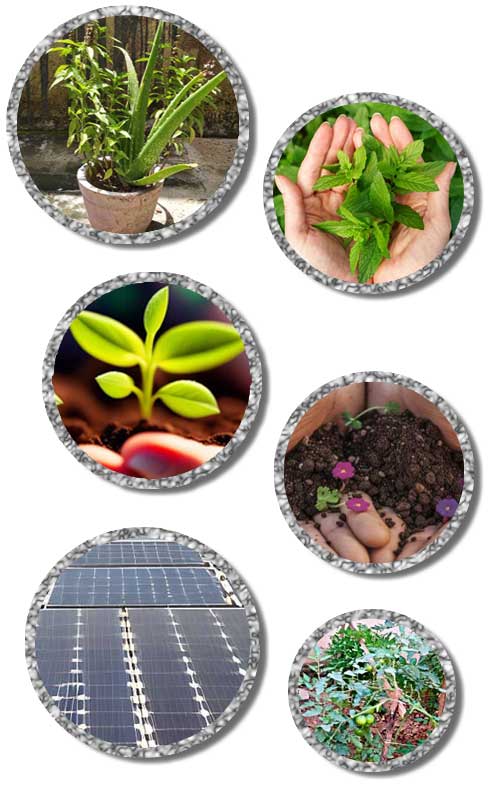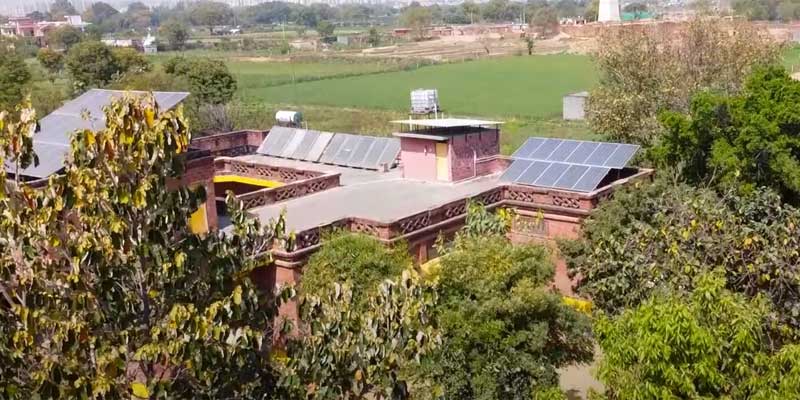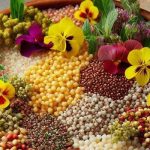If you are looking for ways to reduce your environmental impact and save money on your energy bills, you might want to consider building an environment-friendly house. Eco-friendly houses are designed to minimize the use of natural resources, energy, and water, and to maximize the use of renewable and recycled materials. Eco-friendly houses can also improve your health and well-being by providing a comfortable and natural living environment.
In this blog post, we will share some tips and ideas on how to build an eco-friendly house, based on some of the best examples of sustainable homes around the world.
Choose the Right Location
The first step to building an eco-friendly house is to choose a suitable location that will allow you to take advantage of the natural features of the site, such as sunlight, wind, vegetation, and water. Ideally, you should look for a location that is close to public transportation, amenities, and services, so that you can reduce your dependence on cars and fossil fuels. You should also avoid areas that are prone to natural disasters, such as floods, landslides, or earthquakes, or that have high levels of pollution or noise.
Use Environment-Friendly House Materials
The next step is to select the materials that you will use to construct your eco-friendly house. You should opt for materials that are locally available, renewable, recyclable, durable, and non-toxic. Some of the most common eco-friendly materials are:
- Bamboo: Bamboo is a fast-growing grass that can be used for structural frames, walls, floors, roofs, furniture, and accessories. Bamboo is strong, flexible, lightweight, and biodegradable. It can also help regulate temperature and humidity in your home.
- Mud: Mud is a mixture of clay, sand, water, and organic matter that can be used for making bricks, blocks, tiles, or plaster. Mud is cheap, abundant, and easy to work with. It can also provide excellent insulation and thermal mass for your home.
- Coconut shells: Coconut shells are the hard outer layer of coconuts that can be used for making walls and roofs. Coconut shells have a natural cavity that can help keep your home cool by allowing air circulation. They are also low-cost, fire-resistant, and water-proof.
- Straw: Straw is the dried stalks of cereal plants that can be used for making bales or panels for walls and roofs. Straw is a waste product of agriculture that can be easily harvested and transported. It can also provide good insulation and soundproofing for your home.
- Recycled materials: Recycled materials are any materials that have been used before and can be reused or repurposed for your home. Examples of recycled materials are metal, glass, plastic, wood, paper, or fabric. Recycled materials can help reduce waste and save energy and resources.
Incorporate Energy-Efficient Features
Another important aspect of building an eco-friendly house is to incorporate features that will help you reduce your energy consumption and use renewable sources of energy. Some of the most common energy-efficient features are:
- Solar panels: Solar panels are devices that convert sunlight into electricity that you can use for lighting, appliances, heating, or cooling. Solar panels can help you reduce your reliance on grid electricity and lower your carbon footprint.
- Solar water heaters: Solar water heaters are systems that use solar energy to heat water that you can use for bathing, washing, or cooking. Solar water heaters can help you save money on your utility bills and reduce your greenhouse gas emissions.
- LED lights: LED lights are light-emitting diodes that produce light by passing an electric current through a semiconductor material. LED lights are more efficient, and energy-saving than conventional incandescent or fluorescent bulbs. LED lights can last longer, consume less power, and emit less heat than other types of lights.
- Rainwater harvesting: Rainwater harvesting is a technique that collects and stores rainwater for later use. Rainwater harvesting can help you reduce your dependence on municipal water supply and conserve water resources. Rainwater harvesting can be used for irrigation, flushing toilets, washing clothes or dishes, or even drinking after proper filtration.
- Green roof: A green roof is a roof that is covered with vegetation such as grasses, flowers, herbs, or shrubs. A green roof can help you improve the insulation and cooling of your home by reducing heat loss or gain through the roof. A green roof can also reduce stormwater runoff, and enhance biodiversity.
Conclusion
Environment-Friendly House structure is today’s need where we need to conserve natural resources and spend on our needs accordingly.








